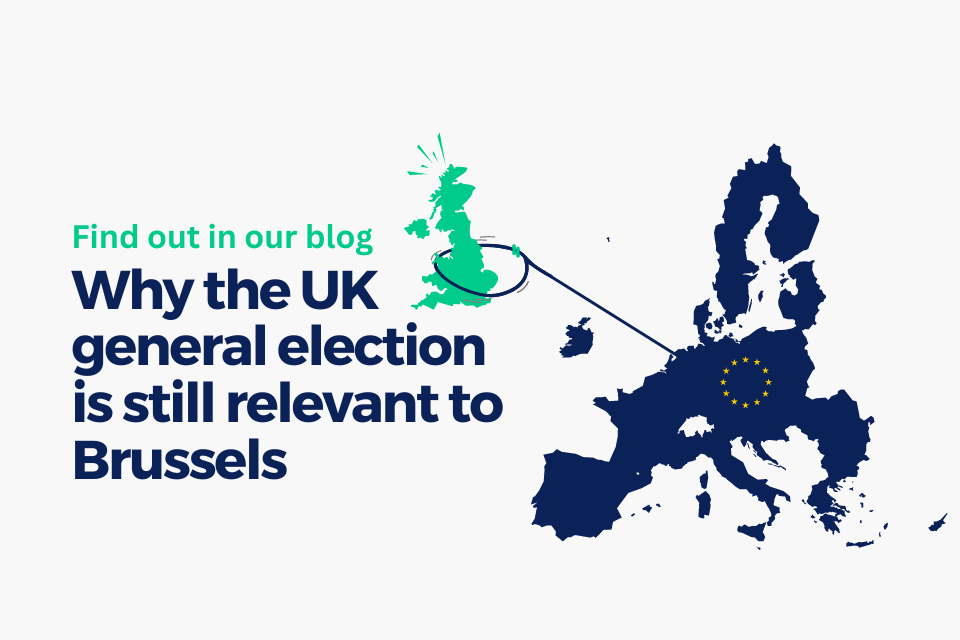#EUWHATSNEXT – Three key takeaways from the EU elections

Liberals and Greens become kingmakers
As predicted, the centre-right EPP and centre-left S&D lost their combined majority. This is the end of the duopoly that has held sway in Parliament for the last 40 years. But while the night didn’t go the way the two main parties would have wanted, others will now be feeling very positive going into the next five years.
The liberals in ALDE and En Marche were the biggest individual winners of the night, increasing their number of seats by over 40, to 108. This means that, for the first time ever, the three largest parties all have between 100 and 200 seats. It would still be a stretch to say that the liberals are now on an equal footing with the EPP and S&D, but the strengthened centre will no doubt try to throw its extra weight around over the next five years.
Green voters flooded the ballots, particularly in northern and western Member States. With 68 seats, the group is now set up to be a kingmaker, and the party will no doubt turn this to their advantage. Expect the needle to move on environmental issues and tech regulation in particular.
Eurosceptics fall short of expectations
Eurosceptic parties (ECR, ENF and EFDD) won just under a quarter of the seats in the new Parliament, notably coming first in France and Italy. While this wasn’t quite the earthquake that they had hoped for, the disparate groups could still be a thorn in the side for day-to-day policy making over the next five years. Controversial proposals from Italy and Hungary could also hold up the formation of the next Commission.
Don’t bank on the next Commission President being a Spitzenkandidat
Although the EPP remains the biggest group in the Parliament, its reduced size will no doubt harm lead candidate Manfred Weber’s chances of winning the coveted Commission top job. As the results were coming in, Weber himself commented that the election didn’t feel like a victory. While a broad coalition bringing together the EPP, S&D, ALDE/REM and the Greens looks most likely, it is unlikely that Weber’s chances would survive the horse trading that would need to take place to bring these groups together.
Meanwhile, Frans Timmermans’ most likely route to power, through an S&D, ALDE/REM and Greens coalition, would only win him 327 of the 376 seats needed for a majority in Parliament. Even with far-left parties included, the coalition would only reach 365 seats.
The next Commission President will therefore likely be a compromise candidate. Enter Michel Barnier…?
NB: Seat numbers listed were accurate at the time of writing, but could change once all of the votes have been counted.


